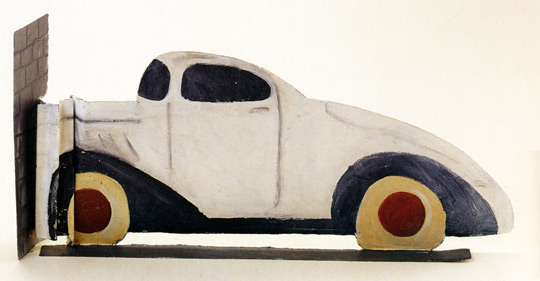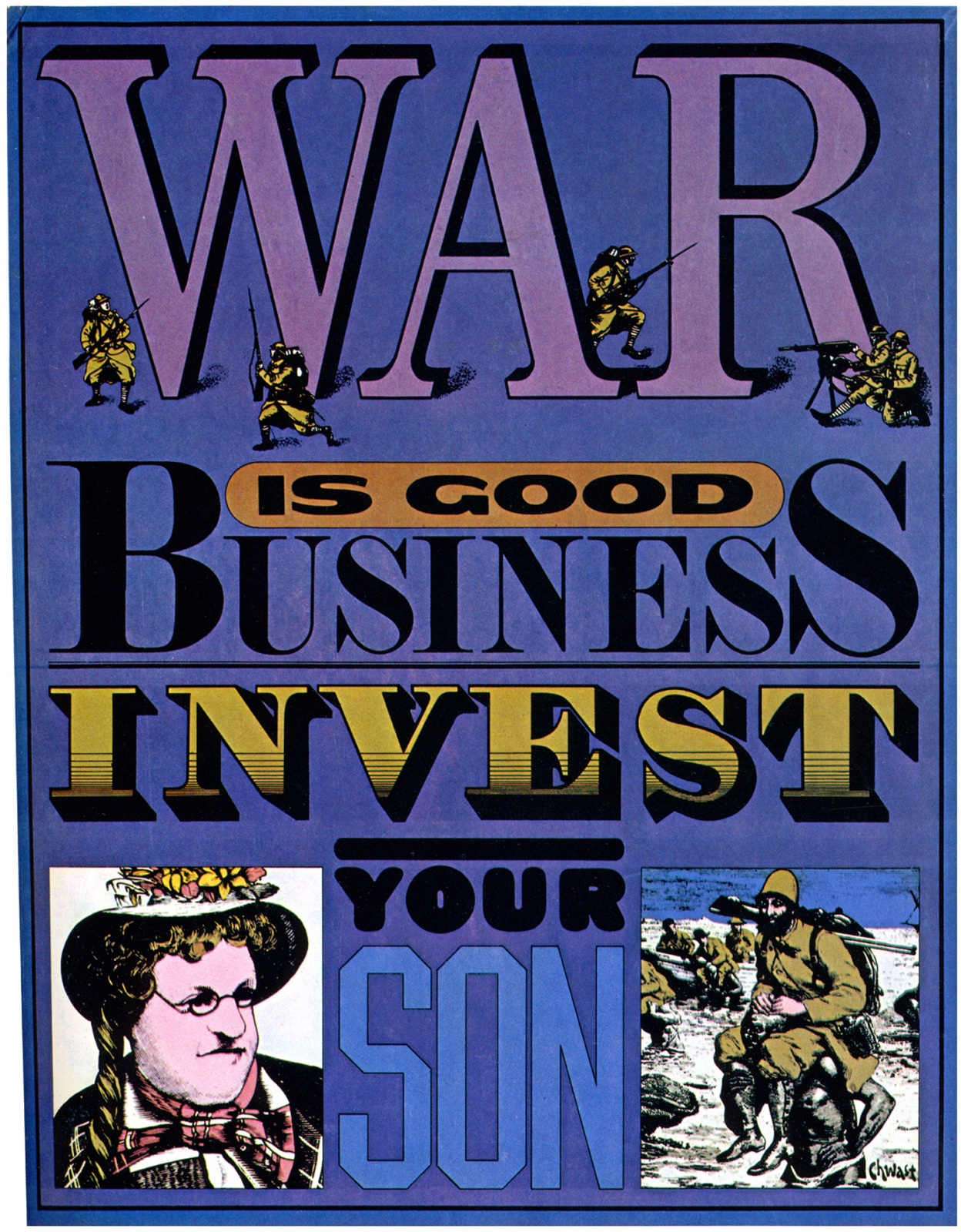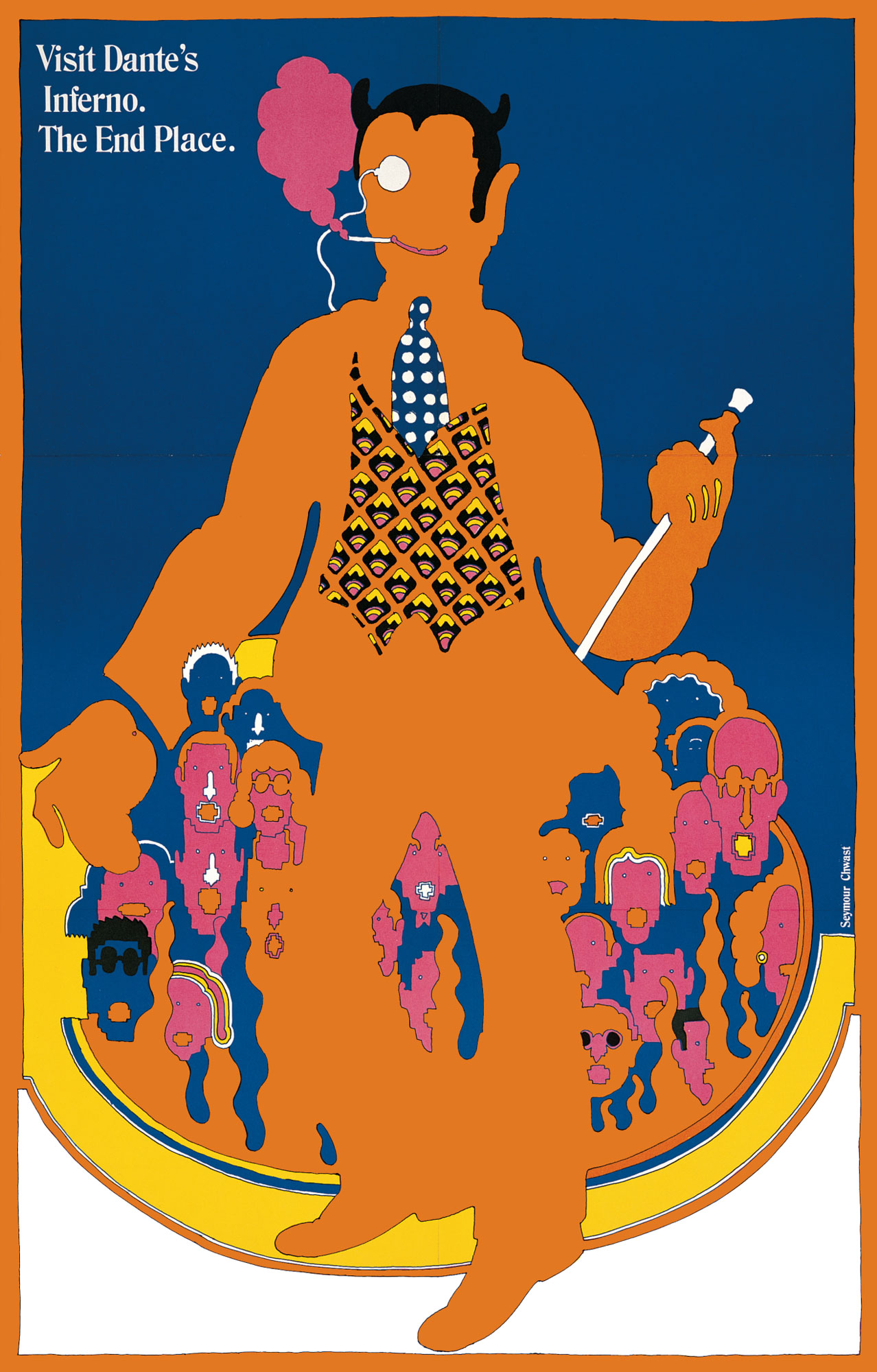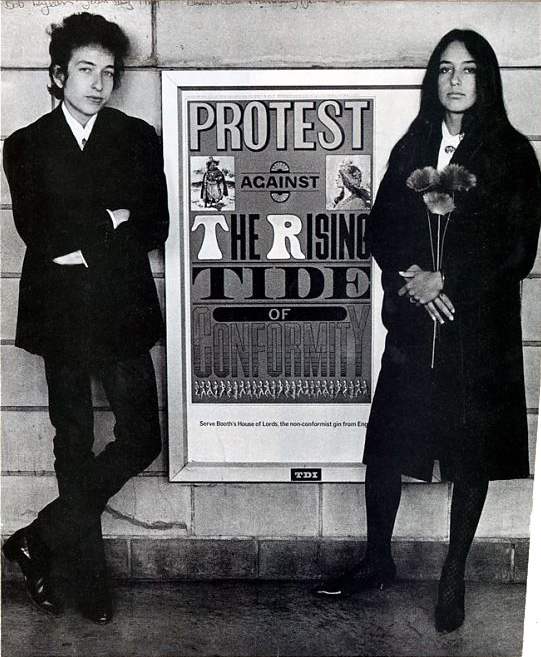Here's Michael Bierut's introduction to Seymour, originally posted May 30, 2009.

Video still from “Seymour Chwast at War with War” Kickstarter video, by Christian Svanes Kolding..
In a world of design consultants, information architects, and experience planners, Seymour Chwast is something refreshingly old-fashioned: a commercial artist. If this is a term that has fallen into disrepute, Seymour is the best argument for reviving it. He gets up early every day, arriving in his studio by 7:30am. For the next ten or eleven hours, as far as I can tell, he doesn't seem to talk on the phone about design strategy, or plan presentations, or cold call potential clients, or negotiate fees. Instead, he just draws and paints, and paints and draws. Sometimes he has to do it because he's working on an assignment. But, as his wife of 25 years, Paula Scher, observes in her introduction to his published monograph Seymour, "If there is a day that he doesn't have any drawings to make, he comes up with ideas for things that will demand he make more drawings anyway."
This prodigious output dates from 1948, when he entered the Cooper Union, and accelerated when he founded Push Pin Studios six years later with two fellow Cooper Students named Edward Sorel and Milton Glaser. His colleagues moved on; Seymour runs Push Pin to this day. This kind of relentlessness requires more than dedication. There is a good reason why his book is subtitled The Obsessive Images of Seymour Chwast. Seymour's obsessions over the past six decades have included hands, shoes, monkeys, Mexican wrestlers, and — my favorite — cars:




A site like Design Observer is filled with words, words, words. We like to talk about design, and that talk contributes to an ever expanding global conversation that continues in other blogs and in all matter of social media. But while so many of us are talking, someone has to actually keep on doing the work. Seymour Chwast is one of the best of those someones.

War is Good Business, Invest Your Son,” poster by Seymour Chwast, 1968

End Bad Breath,” poster by Seymour Chwast, 1968

Visit Dante’s Inferno,” poster by Seymour Chwast, 1967. Featured in 2014 episode of TV’s “Mad Men”

Bob Dylan and Joan Baez flanking a Seymour Chwast poster, 1964. Photo: Courtesy SVA Picture Collection.
For more of Seymour's work, check out his archives.
